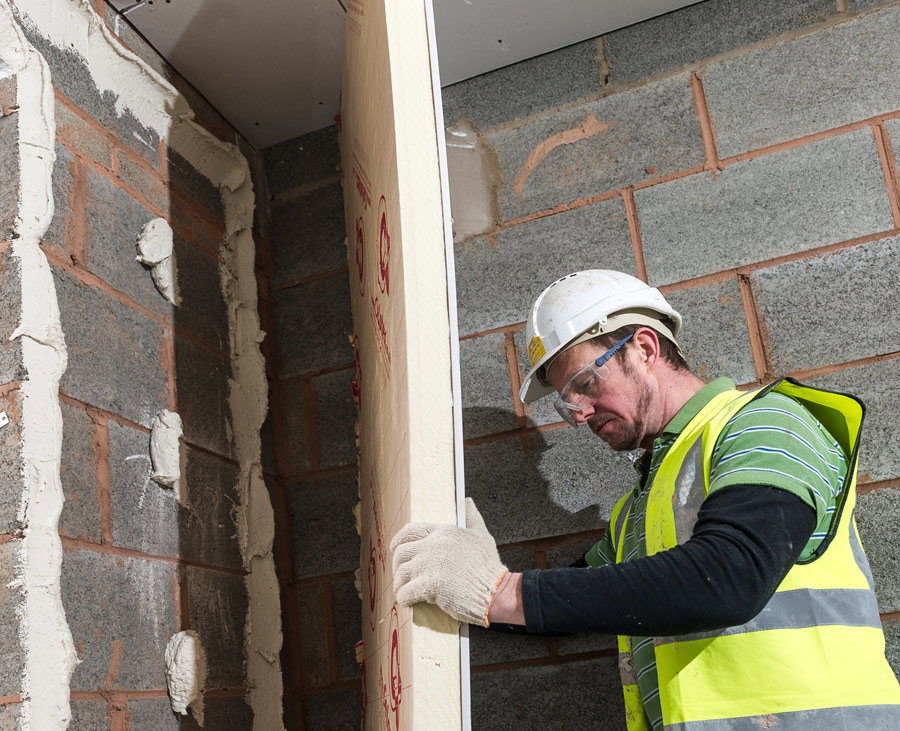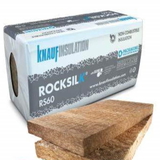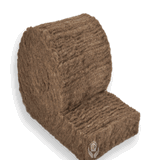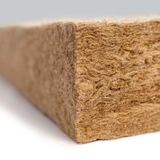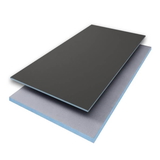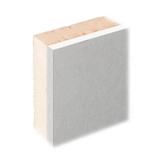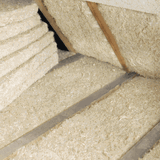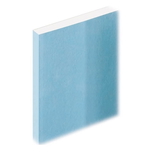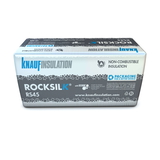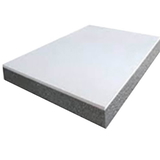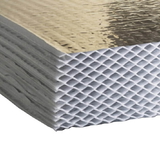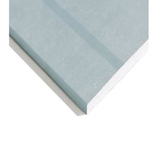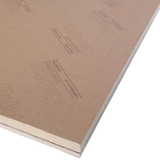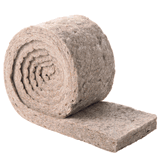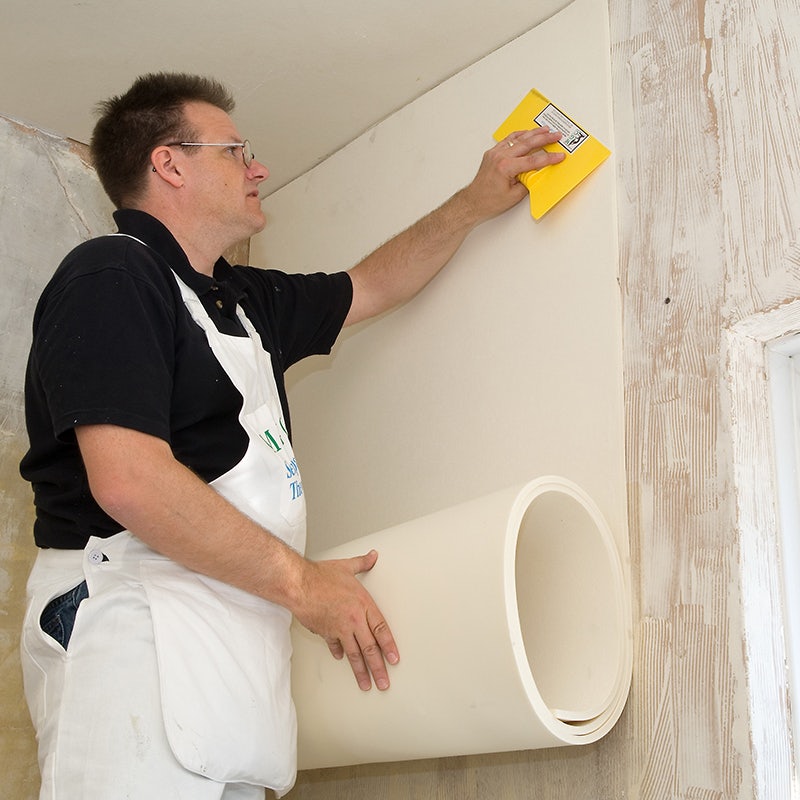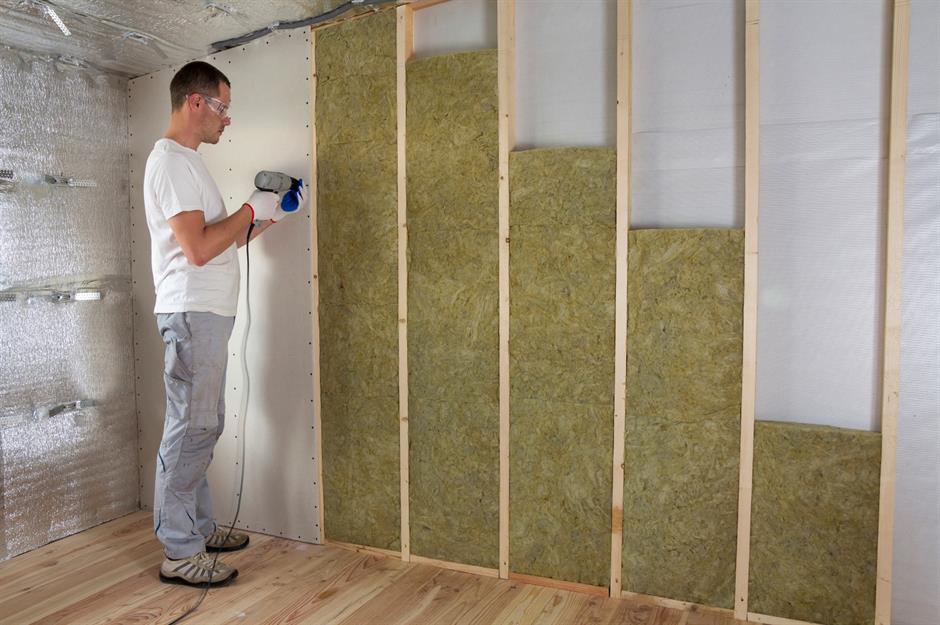- Blogs
- An Ultimate Guide To Internal Wall Insulation
An Ultimate Guide To Internal Wall Insulation

If you're a homeowner in the UK looking to improve the energy efficiency and comfort of your home, this guide is for you. With rising energy costs and a growing concern for the environment, investing in internal wall insulation can be a smart and cost-effective solution. In this blog, we'll walk you through the key benefits, considerations, and installation process of internal wall insulation, tailored specifically for residents of the UK
What is Internal Wall Insulation?
Internal wall insulation, also known as internal insulation or drylining, refers to the process of insulating the interior surfaces of external walls within a building. It involves adding insulation materials to the inner side of the walls, which helps to improve the thermal performance and energy efficiency of a home or building. This method is commonly used in situations where external wall insulation is not feasible or desired.
How Does Internal Wall Insulation Work? ![]()
Internal wall insulation works by creating a thermal barrier on the inner walls and reducing heat loss thereby improving the retention of warmth within the building. By insulating the walls, it helps to keep the indoor temperature more stable, resulting in a more comfortable living environment and reduced energy consumption.
Various insulation materials can be used for internal wall insulation, including mineral wool, rigid foam insulation boards, natural fibre insulation like sheep's wool or wood fibre and reflective insulation. These materials are installed on the interior surfaces of the walls, often covered with plasterboard or other finishing materials to create a finished wall appearance.
Why Insulate Internal Walls?
Insulating your internal walls offers numerous benefits. It improves energy efficiency by minimising heat transfer, leading to lower heating and cooling costs. Additionally, it enhances comfort by stabilising indoor temperatures, reducing the need for excessive heating or cooling.
Insulating solid walls with eco-insulation materials like wood fibre, hemp insulation or sheep wool also contributes to better indoor air quality as they trap allergens and do not release harmful fibres into the air, making it especially beneficial for individuals with allergies or respiratory conditions.
Furthermore, solid wall insulation increases the durability of your home by protecting against moisture damage, mould, and structural issues. Lastly, insulating internal walls can increase the value of your home, making it more appealing to potential buyers.
Internal Wall Insulation Ideas:
In the UK, several commonly used insulating materials are suitable for insulating internal walls. These materials provide effective thermal insulation and help improve energy efficiency in homes. Here are some of the popular choices:
-
Mineral Wool Insulation: Mineral wool, including glass wool and rock wool, is a widely used insulation material. It is made from spun fibres of molten glass or rock, providing excellent thermal and acoustic insulation properties. Mineral wool is available in rolls or batts and can be easily installed between wall studs or attached directly to the wall surface.
-
Rigid Foam Insulation: Rigid foam insulation boards, such as expanded polystyrene (EPS) and extruded polystyrene (XPS), are commonly used for internal wall insulation. They offer high thermal resistance and are available in different thicknesses. Foam insulation boards can be fixed to the wall using adhesive or mechanical fixings, providing a continuous layer of insulation.
-
Natural Fiber Insulation: Natural fibre insulation, such as sheep's wool, hemp, or wood fibre, is a sustainable and environmentally friendly choice. These materials offer good thermal performance, as well as breathability and moisture control. Eco insulation is available in rolls or batts and can be installed between wall studs or directly applied to the wall surface.
-
Rigid Insulation Boards: Polyisocyanurate (PIR) and polyurethane (PUR) insulation boards are high-performance materials that provide excellent thermal insulation. They have low thermal conductivity and can achieve high levels of insulation with relatively thin panels. PIR insulation boards are lightweight and can be fixed to the wall using adhesive or mechanical fixings.
It's important to choose insulation materials that are suitable for the specific requirements of your home and meet the relevant building regulations. Consider factors such as thermal performance, moisture resistance, fire safety, and environmental impact when selecting the right insulation material for your internal wall insulation project. Consulting with a professional installer or seeking expert advice can help ensure you make an informed decision.
Installing Internal Wall Insulation: ![]()
To properly insulate your internal walls, you will need the following materials and equipment:
- Safety Equipment including gloves, glasses, and a dust mask to protect yourself from dirt or insulation materials during installation.
- Tape measure, level, and utility knife for precise measurements and cutting of insulation.
- Spray foam, caulk, or tape for securing insulation and preventing air leaks.
- And of course the insulation material, depending on your area, and budget
Preparations Before Insulating Internal Walls:
- Determine which walls require insulation based on your home's construction type and current insulation levels.
- Fix any cracks, holes, or gaps in the walls to prevent air leakage. If there is old or ineffective insulation, remove it before installing new insulation.
- Calculate the required insulation quantity based on factors like regional R-value requirements, chosen insulation type, and wall size.
- Choose the insulation type that best suits your needs and preferences and clean the wall surface, remove debris, and apply primer or sealant as necessary.
Step-by-Step Guide on How to Insulate Internal Walls:
- Before cutting insulation, measure the walls accurately to ensure a proper fit.
- Use a utility knife to cut insulation pieces to the correct size for each wall section, ensuring a snug fit between studs.
- Place insulation into the wall cavity, avoiding compression or damage. Use adhesives, tapes, or sprays suitable for the chosen insulation type to prevent shifting or falling.
- Check for gaps around electrical boxes and pipes, sealing them with caulk, foam sealant, or other appropriate materials.
- Optionally, cover the insulation with a vapour barrier to prevent moisture penetration, particularly on cavity walls.
- Paint or wallpaper the wall surface to give it a polished appearance while concealing the insulation.
Tips for Effective internal solid wall insulation
- Sealing air leaks in both internal and external walls is crucial for optimal insulation performance and energy efficiency.
- Supplement insulation by adding draft-proofing measures around windows and doors.
- Ensure adequate ventilation to prevent fume buildup and facilitate moisture control.
- Check with your local building control department to ensure compliance with regulations and obtain necessary approvals.
- Avoid covering electrical outlets and switches with insulation, ensuring access for maintenance and safety.
- If uncertain or concerned about safety or efficiency, consult a professional insulation contractor for expert guidance and services.
What is the building regulation that governs Internal wall insulation in the UK?
In the UK, internal wall insulation installations are subject to building regulations to ensure safety, energy efficiency, and compliance with relevant standards. The specific regulations that govern internal wall insulation include:
-
Part L (Conservation of Fuel and Power) of the Building Regulations: Part L sets out the requirements for energy conservation in buildings. It includes provisions for the thermal performance of walls, insulation materials, and installation methods. Compliance with Part L is necessary to meet energy efficiency standards during internal wall insulation projects.
-
Part B (Fire Safety) of the Building Regulations: Part B focuses on fire safety in buildings. When installing internal wall insulation, it's crucial to consider fire performance requirements, especially if the insulation materials are close to heat sources or if the building has specific fire safety measures.
-
Part C (Site Preparation and Resistance to Moisture) of the Building Regulations: Part C addresses the resistance to moisture in buildings, including walls. Proper moisture management is essential to prevent dampness and mold growth. Internal wall insulation installations should consider moisture control and take measures to mitigate any potential moisture-related issues outlined in Part C.
-
Part E (Resistance to the Passage of Sound) of the Building Regulations: Part E relates to the acoustic performance of buildings. When installing internal wall insulation, consideration should be given to maintaining or improving sound insulation between rooms and dwellings as required by Part E.
Compliance with these building regulations is typically achieved by working with qualified, professional installers and ensuring that the insulation materials and installation methods used meet the prescribed standards. It's important to consult with professionals and local authorities to ensure adherence to the specific building regulations in your area.
Cost of Internal wall insulation in the UK ![]()
The cost of internal wall insulation in the UK can vary depending on various factors such as the size of the property, the type of insulation material used, the complexity of the installation, and the region.
As a rough estimate, the cost of internal wall insulation can range from £40 to £100 per square meter, including both materials and installation. It is relatively cheaper compared to external insulation. However, it's essential to obtain specific quotes from insulation installers for an accurate assessment of the cost based on your unique requirements and the particular characteristics of your property.
Frequently Asked Questions:
Is internal wall insulation worth it?
Yes, internal wall insulation provides numerous benefits, including energy savings, increased comfort, improved indoor air quality, and enhanced home value.
Does internal wall insulation cause condensation?
No, proper insulation doesn't cause condensation. However, inadequate ventilation or moisture issues should be addressed to prevent condensation and associated problems.
What is the minimum thickness of insulation for an internal solid wall?
The thickness depends on factors like insulation type, climate, and desired level of insulation. In general, we recommend the insulation to a minimum of 50-100mm. However, it is best to consult a professional to determine the appropriate thickness for your specific needs.
Can I add insulation to a pre-existing wall?
Yes, it is possible to add insulation to pre-existing walls. Insulation materials, such as insulation boards or mineral wool, are installed either by fixing them to the wall or by constructing a new stud wall filled with insulation. This method can be suitable for solid or cavity walls, depending on their construction.
What is the best insulation for interior walls?
Mineral wool, rigid foam insulation and natural fibre insulation are commonly used and effective options for insulating interior walls.
Can insulated plasterboards be used to insulate walls internally?
Yes, insulated plasterboards can be used to insulate walls internally. Insulated plasterboards are composite panels that combine a layer of insulation material, such as expanded polystyrene (EPS) or polyisocyanurate (PIR), with a layer of plasterboard. They provide both insulation and a finished surface in one product, simplifying the installation process.
They are typically fixed directly to the wall surface using adhesive or mechanical fixings. The joints between the boards are then filled and finished to create a smooth, seamless surface.
Using insulated plasterboards for internal wall insulation is a convenient and efficient solution, as it eliminates the need for separate insulation and plasterboard installation.
In Conclusion:
In conclusion, internal wall insulation is a valuable solution for homeowners in the UK seeking to enhance the energy efficiency and comfort of their homes. Adding insulation materials to the interior walls helps reduce heat loss, improve thermal performance, and lower energy consumption.
Whether you choose mineral wool, rigid foam insulation boards, natural fibre insulation, or multifoil insulation, selecting the right material depends on factors such as thermal performance, moisture resistance, and personal preferences. It's important to consider building regulations, consult professionals, and assess the specific needs of your home before embarking on an internal wall insulation project. With the proper insulation in place, you can create a more sustainable, energy-efficient, and comfortable living environment.
For top-quality insulation batts, boards, rolls, multifoils or eco-insulation range visit Buy Insulation Online.We plant a tree when you purchase insulation online and help reduce your carbon footprint.

Samuel Hitch
Managing Director
Buy Insulation Online.
Leave A Reply
Your feedback is greatly appreciated, please comment on our content below. Your email address will not be published. Required fields are marked *
